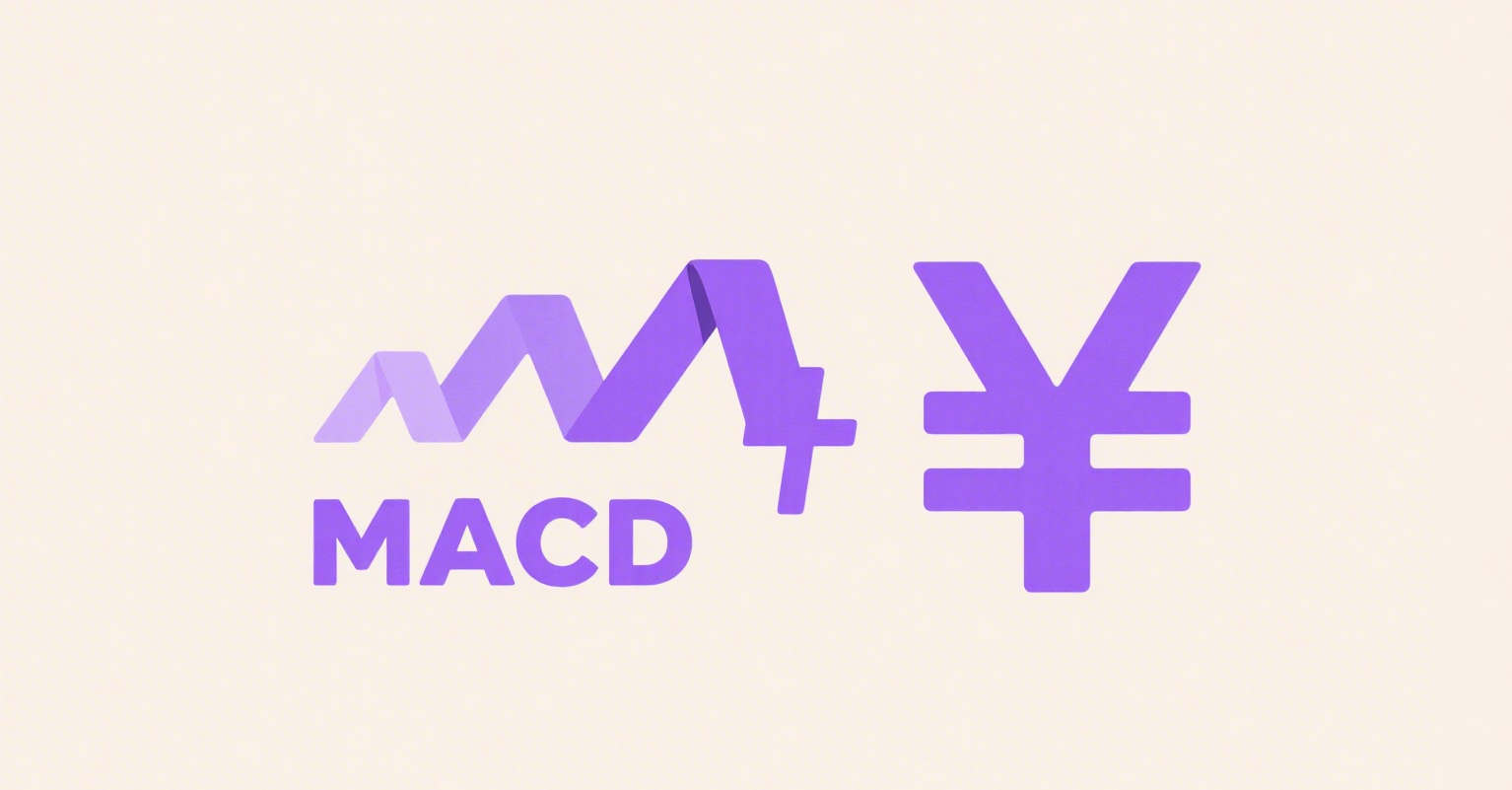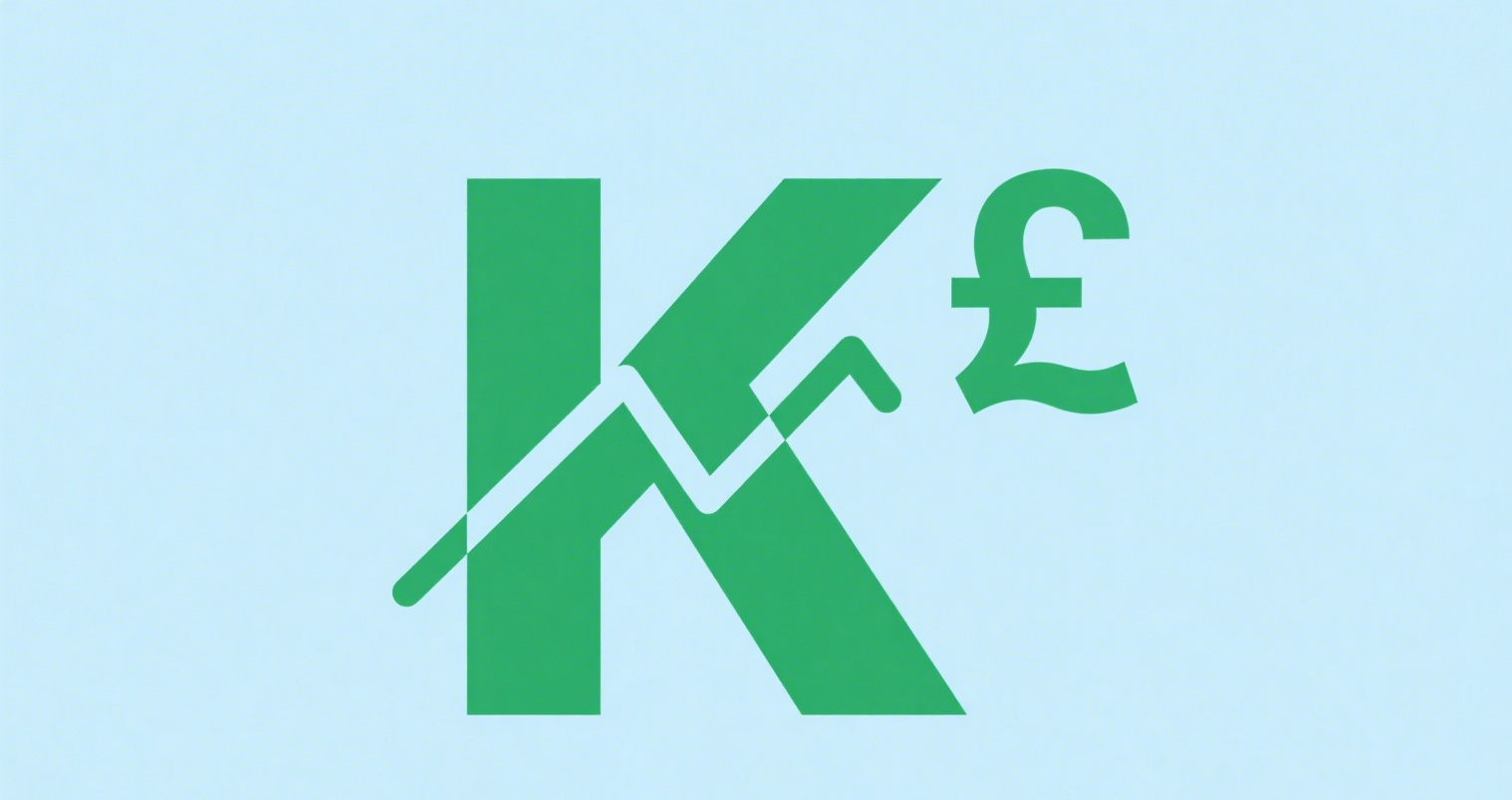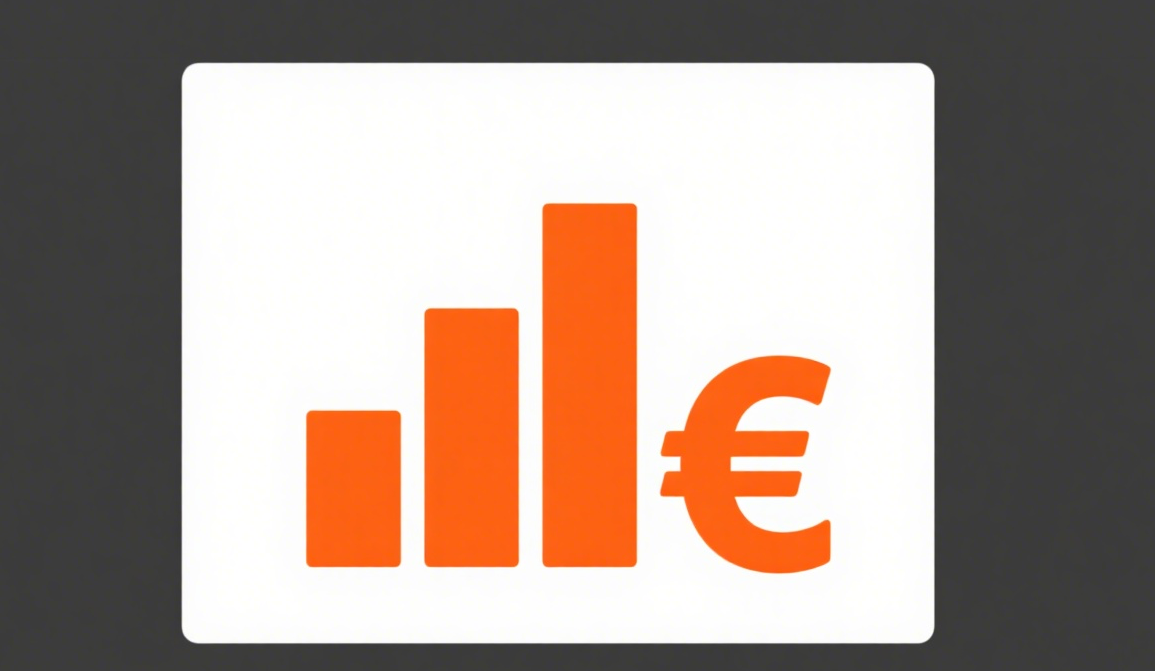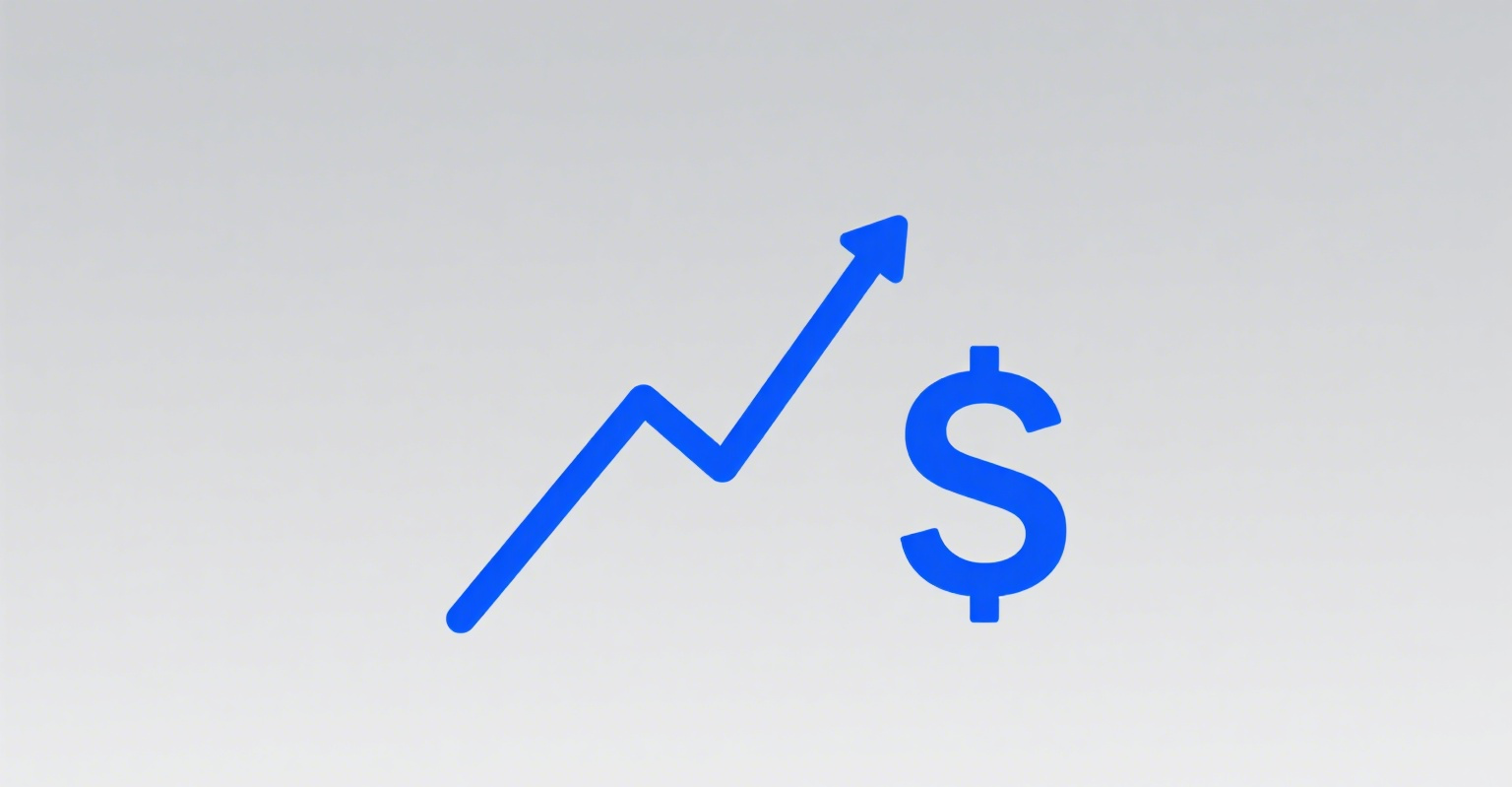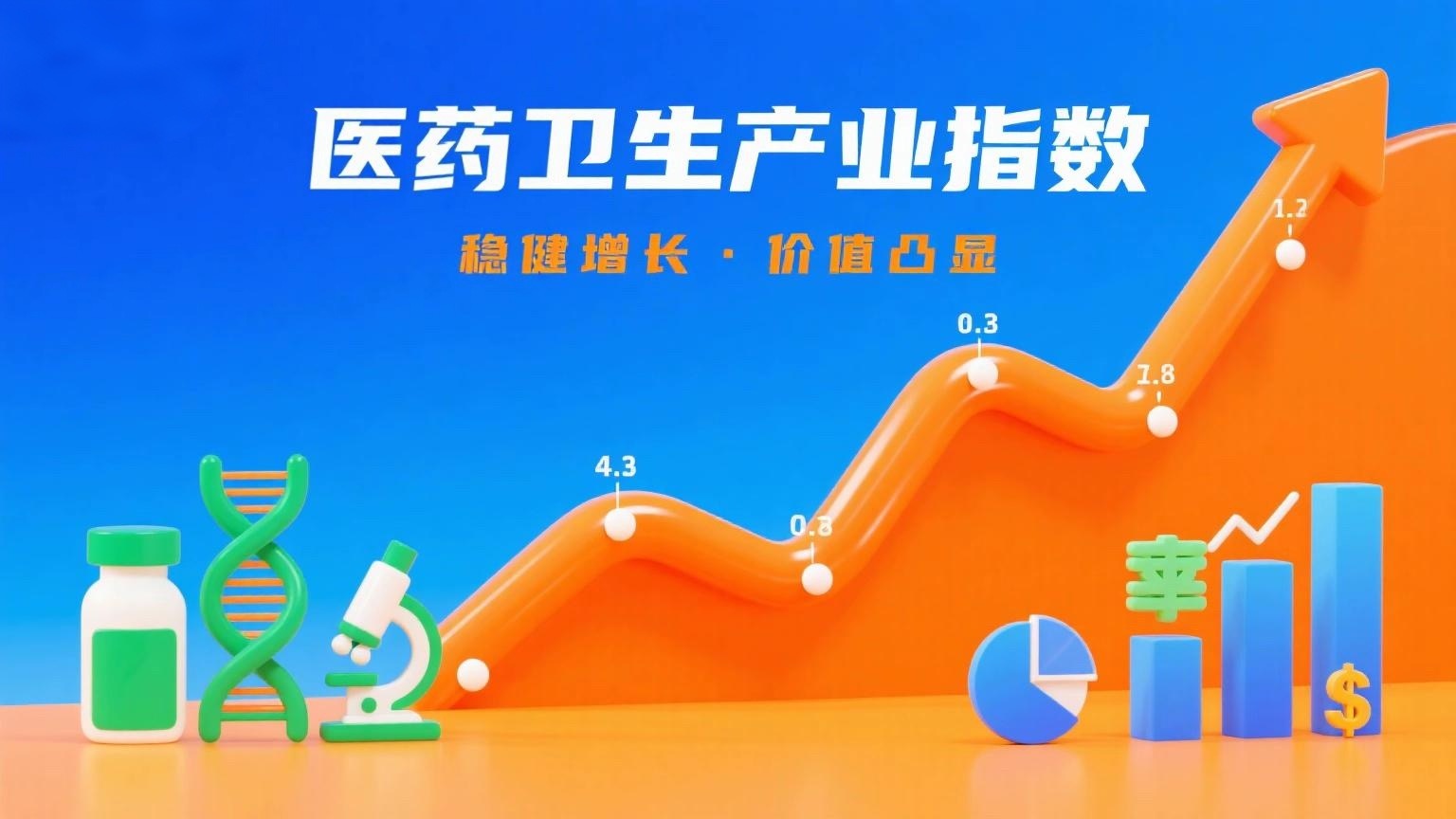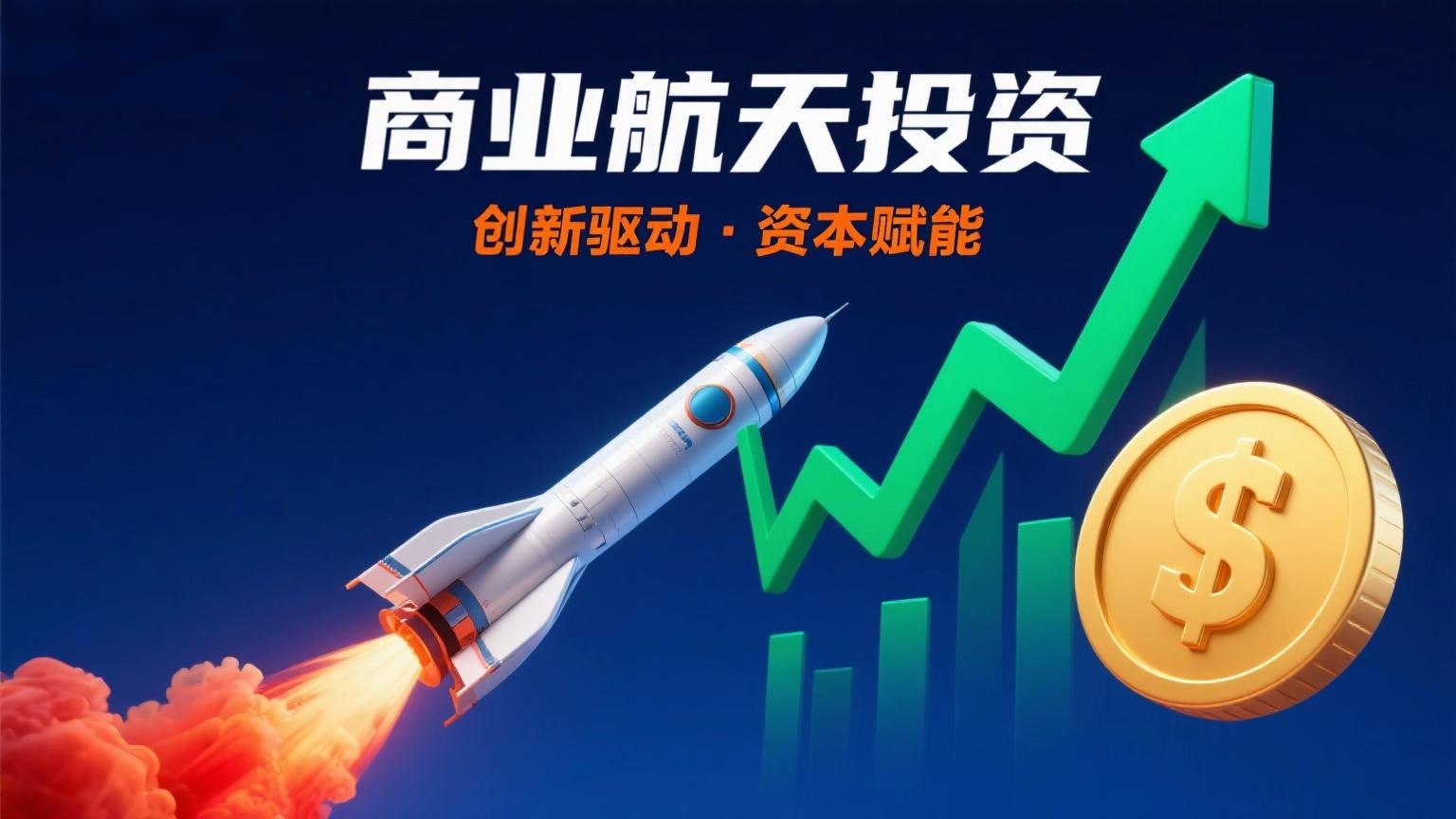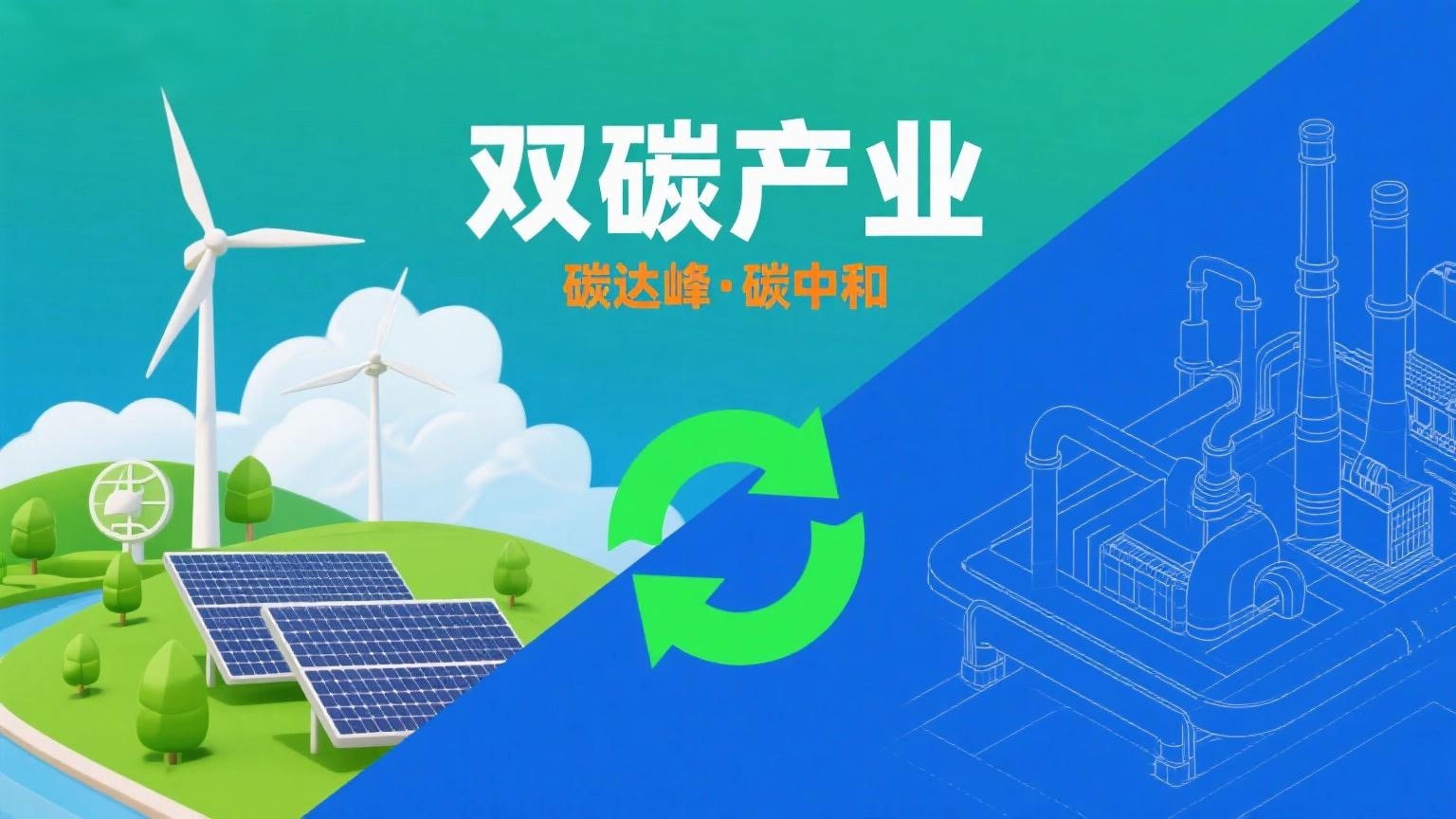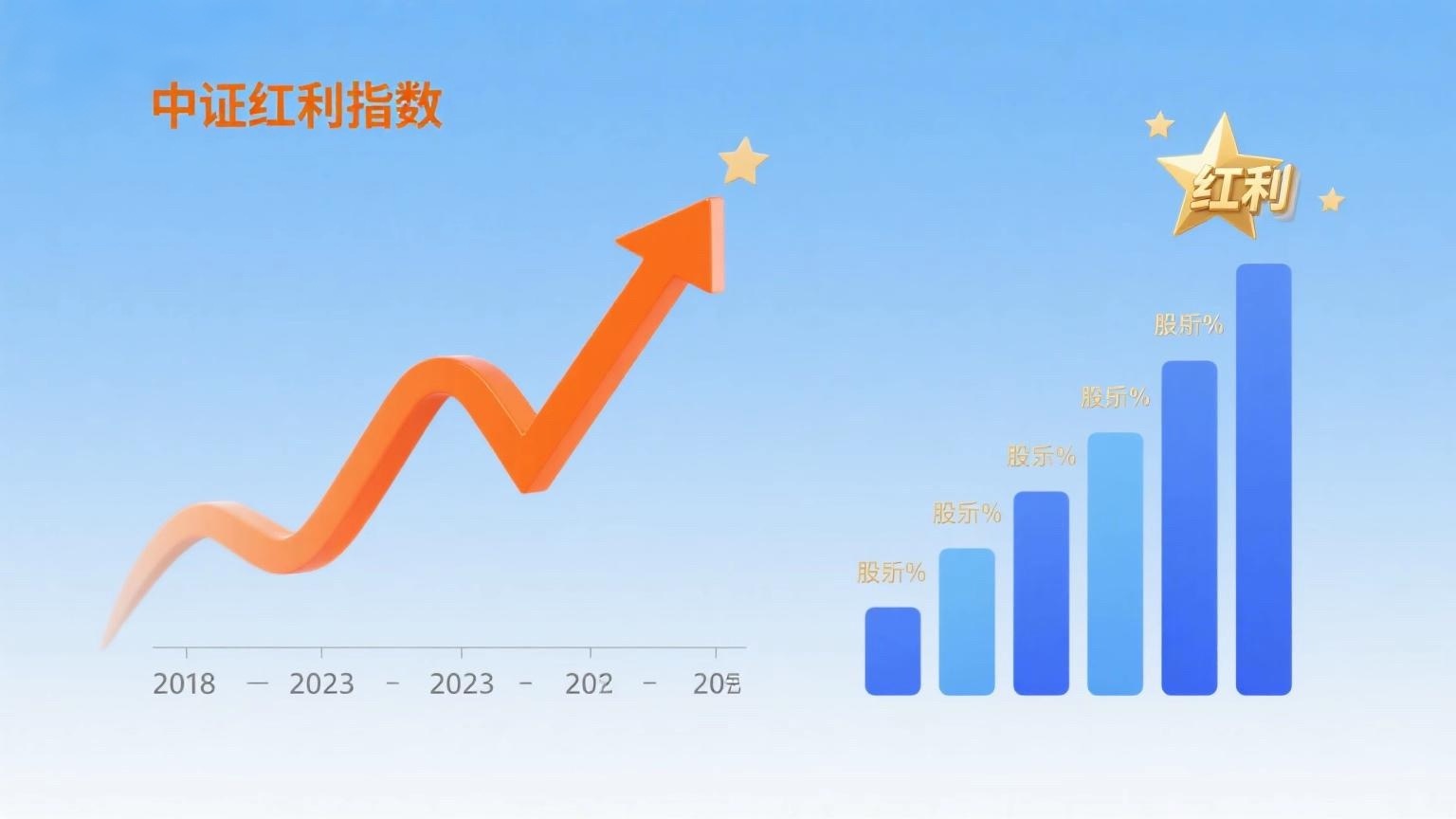
The CSI Dividend Index is compiled based on a dividend strategy. It screens constituent stocks based on market capitalization, liquidity, and consistent dividend payments, then selects the top 100 listed companies with the highest average cash dividend yield over the past three years to reflect the overall performance of high-dividend-yield stocks in the Shanghai and Shenzhen markets.
This might sound a bit complicated, but simply put, the CSI Dividend Index selects 100 listed companies with stable and high annual cash dividends as its constituents. Companies that can consistently pay dividends annually largely indicate robust operations, strong profitability, and ample cash flow.
Moreover, unlike most other indices that are weighted by market capitalization, the CSI Dividend Index uses dividend yield weighting. Generally, the higher the dividend yield of a constituent stock, the greater its weight in the index. A relatively high dividend yield is also a key feature that distinguishes this index from others. Currently, the dividend yield of the CSI Dividend Index is 5.0%.
If we break down the formula for dividend yield, we can see that it consists of two components: The numerator is the dividend, and a high dividend reflects stable operations, strong performance, and a high willingness to pay dividends. The denominator is the stock price, meaning a high dividend yield can also indirectly indicate that the company’s valuation is not overly high despite its generous dividends.
In short, the dividend yield simultaneously conveys information about fundamental stability and reasonable valuation. From this perspective, allocating to dividend index funds for retirement planning can also help guide investors toward long-term value investing.
However, it’s important to note that dividend yields are not static. Under unchanged dividend payments, a rise in the index will lead to a decline in the dividend yield, while a drop in the index will increase the dividend yield. Therefore, investors should monitor changes in dividend yield not only before but also after investing.









